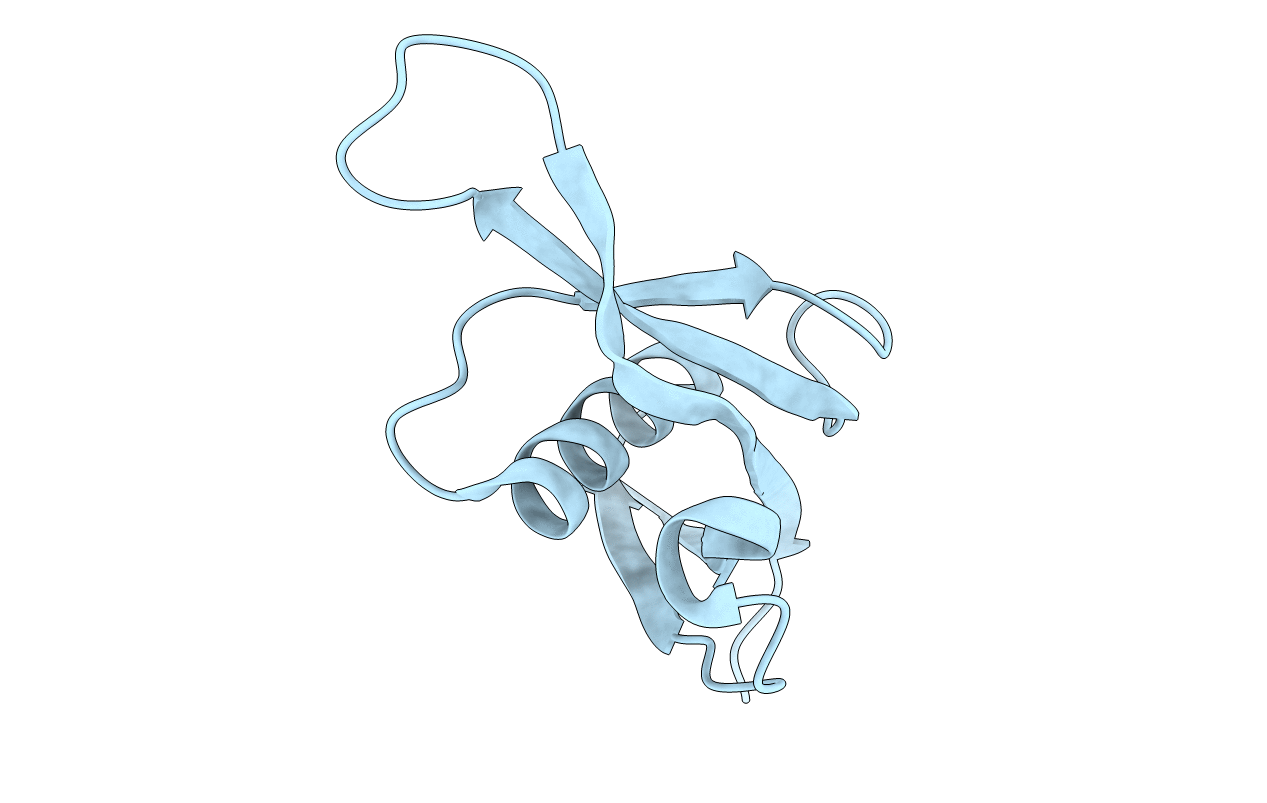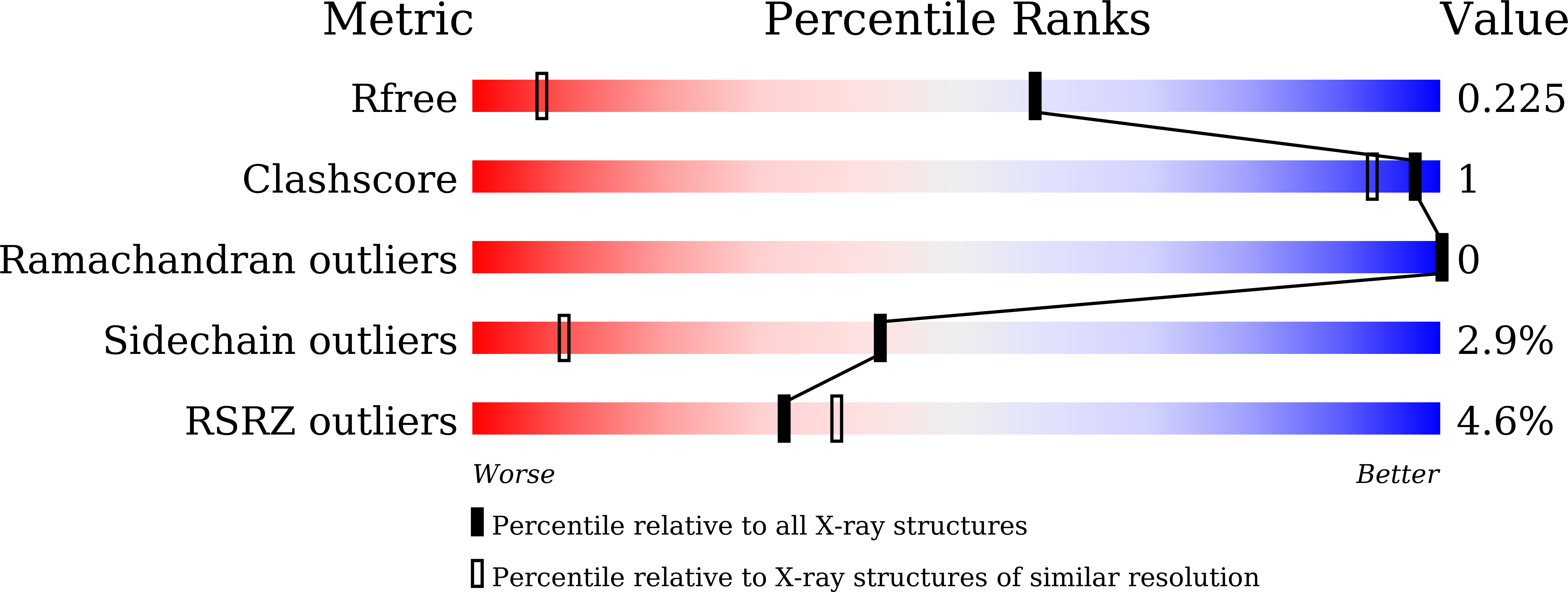
Deposition Date
2020-07-06
Release Date
2021-05-19
Last Version Date
2024-03-27
Entry Detail
Biological Source:
Source Organism:
Pseudomonas phage JBD16C (Taxon ID: 1777051)
Host Organism:
Method Details:
Experimental Method:
Resolution:
1.33 Å
R-Value Free:
0.22
R-Value Work:
0.20
R-Value Observed:
0.20
Space Group:
P 21 21 21


